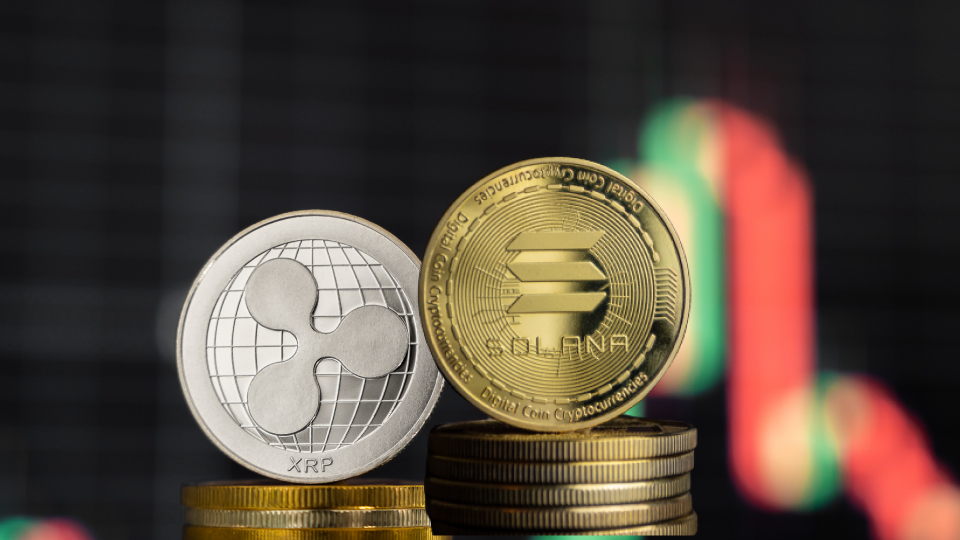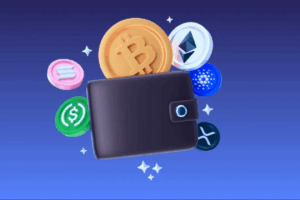Solana Creation Story: Who, How, and Its Blockchain Impact
The blockchain world constantly seeks faster, more scalable, and cost-effective solutions. Amidst this quest, Solana emerged as a significant contender, promising unprecedented transaction speeds and efficiency. Understanding the Solana creation story reveals a journey driven by a vision to overcome existing blockchain limitations. This article delves into who founded Solana, how its innovative technology came to life, and the profound impact it has had on the decentralized landscape.
Who Created Solana? The Visionaries Behind the Blockchain
The Solana creation story begins with Anatoly Yakovenko. A former Qualcomm engineer with extensive experience in distributed systems and compression, Yakovenko conceived the core idea in late 2017. He envisioned a blockchain that could process transactions at speeds comparable to centralized systems.
Yakovenko then teamed up with several other talented individuals to bring his vision to fruition. Key co-founders include:
- Greg Fitzgerald: A former Qualcomm colleague, Fitzgerald became Solana’s principal engineer. He helped implement Yakovenko’s ideas, particularly the foundational Proof of History.
- Raj Gokal: Another co-founder, Gokal brought his expertise in product and business development to the project.
- Eric Williams: Also a co-founder, Williams contributed significantly to the early technical development.
Together, they established Solana Labs in 2018 to develop the protocol. Later, in June 2020, the non-profit Solana Foundation was created. This entity now owns the intellectual property and focuses on funding the blockchain’s ongoing development and community initiatives.
How Was Solana Created? Innovation Through Proof of History
The “how” of the Solana creation story lies in its unique architectural innovations, designed to solve the “blockchain trilemma” (balancing decentralization, security, and scalability). Yakovenko’s breakthrough was Proof of History (PoH). This is not a consensus mechanism itself, but rather a cryptographic clock that provides a verifiable order and passage of time between events on the blockchain.
Here’s how PoH works and its role alongside other innovations:
- Proof of History (PoH): PoH creates a historical record of events. It uses a sequential hashing process where each hash output serves as the input for the next. This effectively timestamps transactions. It allows validators to agree on the order of events without constant, time-consuming communication. This significantly reduces latency.
- Tower BFT: Solana uses a PoH-optimized version of Practical Byzantine Fault Tolerance (PBFT) for its consensus mechanism. This leverages PoH’s synchronized clock. It allows validators to vote on the state of the ledger more efficiently.
- Turbine: This block propagation protocol breaks blocks into smaller packets. It then disperses them among peers. This optimizes data transmission across the network.
- Gulf Stream: This protocol eliminates the traditional “mempool” (a waiting area for transactions). Instead, clients and validators forward transactions to the next expected leader ahead of time. This speeds up transaction processing.
- Sealevel: Solana’s parallel smart contracts runtime allows for the simultaneous execution of tens of thousands of smart contracts. This is a significant departure from the single-threaded execution of many other blockchains.
- Pipelining: This transaction processing unit optimizes validation. It assigns a stream of input data to different hardware components for sequential processing.
- Cloudbreak: This horizontally-scaled accounts database is optimized for concurrent reads and writes. It enhances data access efficiency.
- Archivers: Data storage is offloaded from validators to a network of Archiver nodes. These nodes do not participate in consensus, which further decentralizes storage.
These combined innovations allow Solana to achieve incredibly high transaction throughput. It can handle up to 65,000 transactions per second (TPS). This far surpasses many earlier blockchains.
What Did Solana Change in the Blockchain World? Its Impact
The Solana creation story marks a pivotal moment in blockchain development. Its innovations have brought about significant changes and new possibilities.
Unprecedented Scalability and Speed
Solana’s primary impact has been demonstrating that a blockchain can achieve high scalability without sacrificing decentralization or security. Its ability to process thousands of transactions per second with sub-second block finality has opened doors for applications that require high throughput, such as:
- Decentralized Finance (DeFi): Fast and cheap transactions make complex DeFi operations, like high-frequency trading and lending, more viable.
- Non-Fungible Tokens (NFTs): The low transaction costs and speed have made Solana a popular platform for minting and trading NFTs, fostering vibrant digital art and collectible markets.
- Gaming: High TPS and low latency are crucial for blockchain-based games, enabling smoother gameplay and in-game asset interactions.
Lower Transaction Costs
Compared to networks like Ethereum (before its upgrades), Solana offers significantly lower transaction fees. This makes micro-transactions and frequent interactions with dApps more economically feasible for users.
A Thriving Developer Ecosystem
Solana’s developer-friendly environment, with support for languages like Rust, has attracted a large and active community. This has led to a rapid expansion of its decentralized application ecosystem, challenging established platforms and fostering innovation across various sectors.
In conclusion, the Solana creation story is one of ambitious engineering and a relentless pursuit of performance. Anatoly Yakovenko and his team built a blockchain that fundamentally altered perceptions of what’s possible in a decentralized network. Its emphasis on speed, scalability, and low costs continues to drive innovation, solidifying its position as a major force in the evolving blockchain world.














Post Comment